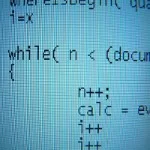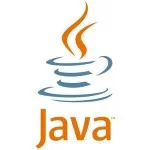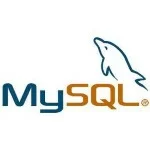-
Software Development

Eleven Patterns, Problems & Solutions related to Microservices and in particular Distributed Architectures
The wish to fulfil certain system quality attributes lead us to choose microservice architectures, which by their very nature are distributed, meaning that…
Read More » -
Enterprise Java

Kafka Record Patterns for Data Replication
Imagine going down to your local milkshake bar and signing a contract with the owner so that you could purchase…
Read More » -
Enterprise Java

Java problem with mutual TLS authentication when using incoming and outgoing connections simultaneously
In most enterprise environments some form of secure communication (e.g. TLS or SSL) is used in connections between applications. In…
Read More » -
Software Development

Revisiting Global Data Consistency in Distributed (Microservice) Architectures
Back in 2015 I wrote a couple of articles about how you can piggyback a standard Java EE Transaction Manager…
Read More » -
Enterprise Java

Global Data Consistency, Transactions, Microservices and Spring Boot / Tomcat / Jetty
We often build applications which need to do several of the following things together: call backend (micro-) services, write to…
Read More » -
Enterprise Java

Several Patterns for Binding Non-transactional Resources into JTA Transactions
I recently published an article about how to bind non-transactional resources like web services / microservices into global distributed transactions…
Read More » -
Software Development

Mysql versions prior to 5.7 do not fully support two phase commit
While doing some tests for the recently released generic JCA adapter which is capable of binding remote calls to microservices…
Read More » -
Software Development

Global Data Consistency in Distributed (Microservice) Architectures
I’ve published a generic JCA resource adapter on Github available from Maven (ch.maxant:genericconnector-rar) with an Apache 2.0 licence. This let’s…
Read More » -
Enterprise Java

Is Asynchronous EJB Just a Gimmick?
In previous articles (here and here) I showed that creating non-blocking asynchronous applications could increase performance when the server is…
Read More »
- 1
- 2



